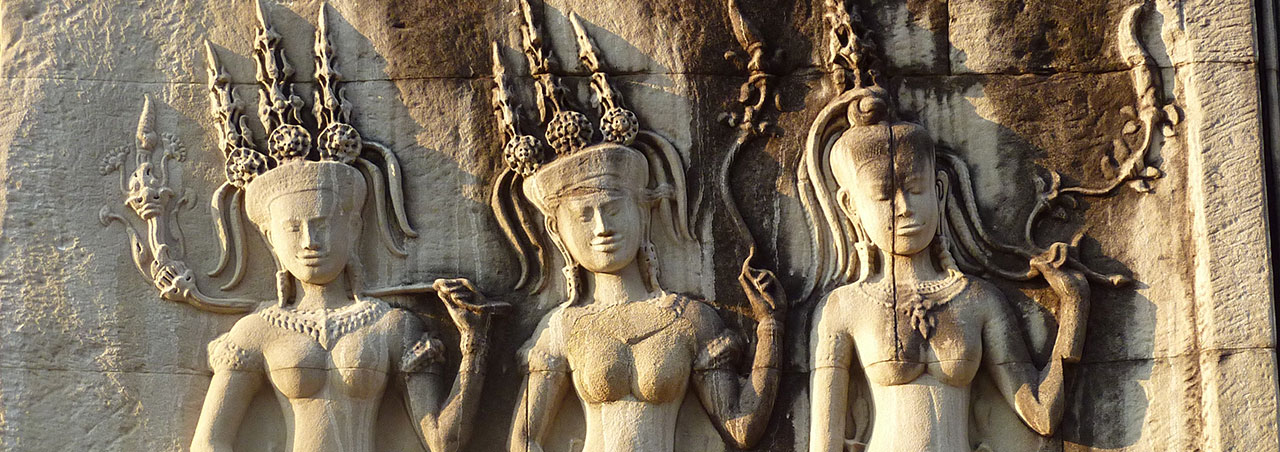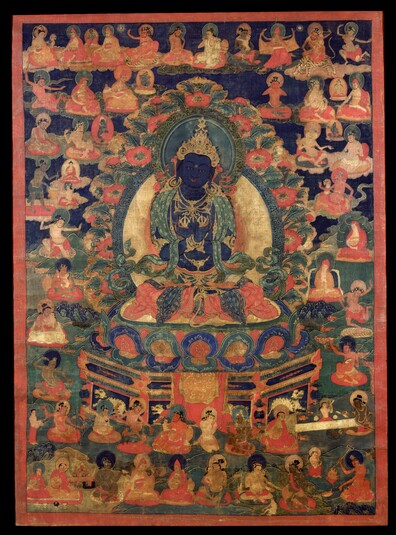Today I came across a rather beautiful metaphor for roles in the guru-student relationship:
The teacher is the mirror in which you see your own face. The mirror shows you your face, and the guru therefore helps you see the nature of your mind. So you are able to see the nature of your mind because it shines in the mirror of the guru. Of course the mirror won’t come to see you, you have to go and stand in front of the mirror yourself.
Then, the part which I found especially resonant …. In order to see yourself, you also need the light. And in this metaphor, the light is devotion. When you’ve put yourself in front of the mirror, and the light is present, then it’s impossible not to see your face. At that point, you have the choice to clean the mirror or leave it dirty course.
The metaphor of the guru being a mirror is something I’d come across before, but the addition to it of devotion being like a light was quite new for me, and profoundly illuminating!
Dorje Chang Thung prayer
I was then led to reflect on the third sloka of the Dorje Chang Thung prayer with the benefit of this metaphor:

MO GU GOM GYI GO WOR SUNG PA SHIN.
As is taught, devotion is the head of meditation;MEN NGAG TER GO JE PEI LA MA LA.
the lama opens the door to the profound oral teachings.GYUN DU SOL WA DEB PEI GOM CHEN LA.
To the meditator who always turns to him,CHO MIN MO GU KYE WAR JIN GYI LOB.
Dorje Chang Thung prayer
grant your blessing that uncontrived devotion be born within.
With best wishes in the Dharma


